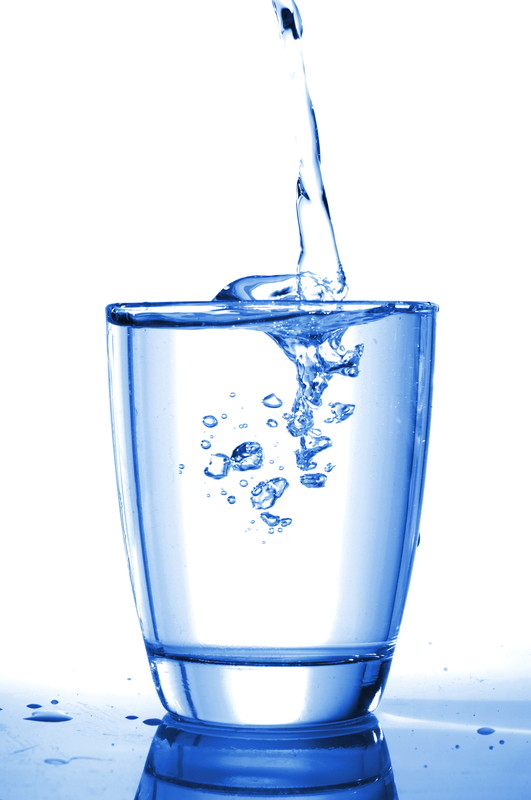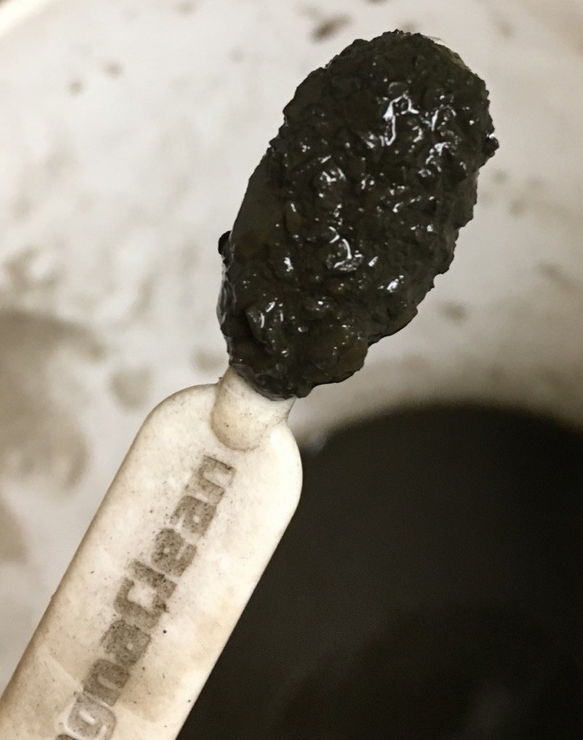 Most people have heard of the water crisis in Flint, Michigan. But how many of us in the commercial HVAC and plumbing worlds stop to think of the implications of the water crisis in Flint and how they impact us right here in North Carolina and South Carolina?
Most people have heard of the water crisis in Flint, Michigan. But how many of us in the commercial HVAC and plumbing worlds stop to think of the implications of the water crisis in Flint and how they impact us right here in North Carolina and South Carolina?
Is there anything that the engineers could have done to prevent the crisis? How can we learn from the Flint issue and avert a similar crisis here in our Carolina cities?
Let’s take a look at the problems faced by Flint residents and explore how we as HVAC and plumbing professionals can prevent a water crisis.
Unsafe Levels of Lead in Water Supply
Flint was struggling financially to make ends meet when they opted for a budget-cutting decision to stop sourcing water from expensive Detroit resources and began accessing water from the highly polluted Flint River.
Water from the Detroit source was treated but, when the city switched to the Flint River source, the water was unfiltered and filled with strange smells and colors. The people in the community had no other options for tap water; they used the water for their bathing, laundering and cooking needs.
Approximately 8,000 children under age 6 were exposed to unsafe levels of lead in their drinking water. According to the CDC, in children under 6, lead exposure can lead to learning and behavior problems, slow down growth and development and damage hearing and speech.
But Flint isn’t the only city in the US struggling with higher levels of lead in the municipal water supply. In Greenville, NC a child’s elevated levels of lead were traced to tap water that had corroded the lead solder in his home’s plumbing. In Durham. NC in 2006, a child had more than 800 ppb lead in tap water. Safe levels of lead should be below 15 ppb. While Durham and Greenville do not have lead pipes in the city, they did change the coagulant chemical used to clear the water from alum to ferric chloride which caused the corrosion.
How can we, in the commercial building industry, help solve the problems of fluctuating lead in the water supply? For one, we can install point-of-entry and/or point-of-use water purification systems to prevent problems in our buildings. While this is an important measure for all buildings, it becomes critically important in buildings that serve either very young or elderly populations. There are a number of filtration options already in use in the market, including ultraviolet treatment, carbon blocking methods, particulates cartridges, nanofiltration, microfiltration, ultrafiltration and reverse osmosis. However, there is a fairly new filtration option on the market that uses electroadsorptive technology to effectively remove almost all that a reverse osmosis system does with a competitive cost and smaller footprint in the building.

Presence of Legionella Bacteria
The Legionella bacteria appears to have thrived in the Flint water system. 78 people contracted Legionnaires’ disease during the two years that Flint officials used the Flint River to supply municipal water. 12 of those people died.
In December of 2016, Michigan Attorney General Bill Schuette brought criminal charges against Flint emergency managers, Flint’s public works superintendent and the utilities administrator among others. In total, 13 people have been criminally charged in the Flint Water crisis.
On March 10, 2017, Legionnaires’ disease expert Dr. Janet Stout submitted an affidavit to the Michigan Department of Health and Human Services with the opinion that the “source water change and subsequent management of the municipal water system caused conditions to develop within the municipal water distribution system that promoted Legionella growth and dispersion, amplification, and the significant increase in cases of Legionnaires’ disease…”
So, what can we do to prevent the Legionella bacteria from hurting people under our jurisdiction? For one thing, we can learn more about where and how Legionella grows and how to prevent Legionella outbreaks in our HVAC systems.
One of the most critical things we can do is to always be on the lookout for ways to make our systems safer for building occupants overall. While we are all in the comfort business, the safety and the health of building occupants should be our primary consideration. You can attempt to kill the bacteria in your water and try to remove the larger particles of lead or you can effectively eliminate water problems by installing systems like those with electroadsorptive technology to remove the problems.
How are you making sure that your buildings are safer? Are you implementing water purification solutions to protect your building occupants?
Blog image (c) Can Stock Photo / gunnar3000






.png)




Submit a Comment